kruku78
New member
There are plenty of reviews online for the Ultimea Nova S90 and Poseidon D80 soundbars. Many people ask how they compare, yet actual side-by-side comparisons are rare. I had the opportunity to test both the Ultimea Nova S90 and the new Poseidon D80 Boom in amateur, home conditions — and here’s my detailed comparison.
Both soundbars come beautifully packaged, with all the necessary cables and wall-mount accessories included. Ultimea clearly cares about user experience and presentation — it’s all neatly arranged and feels premium. TOP marks: 10/10.
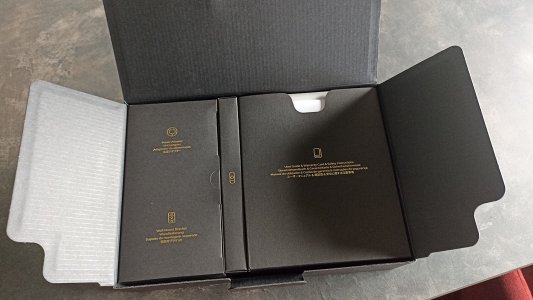
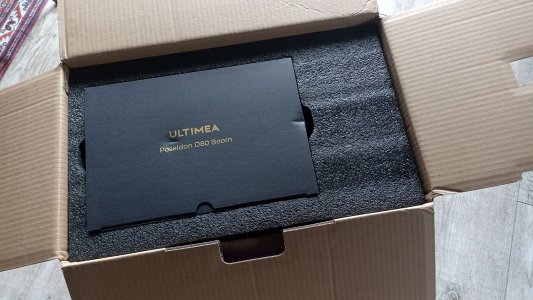
For the comparison, I used the Mozos MKIT-700pro v2 directional microphone.
It’s a cardioid mic that captures sound best from the front, less from the sides, and almost nothing from the rear — ideal for vocals or focused audio capture.
Of course, it’s not a perfect microphone for this type of testing, but it’s the only one I had available.
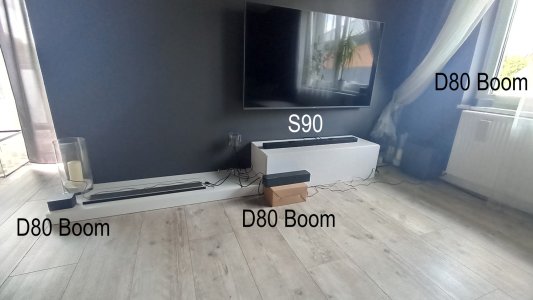
Both soundbars were running the latest firmware: S90 (v190) and D80 Boom (v10).
Each was set to MOVIE mode, with volume at 60. For testing, I used a Dolby Atmos movie trailer (F1), and both soundbars correctly detected the Dolby Atmos track.
I recorded two clips for each soundbar:
(1) Mic facing the front speaker bar, ~3 meters away
(2) Mic facing the rear speakers, ~1 meter away
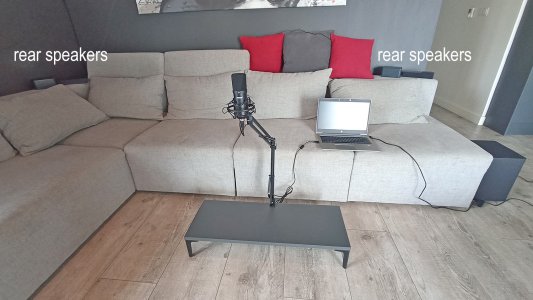
The front (1) and rear (2) recordings were layered, denoised, and lightly EQ’d (same parameters).
You’ll hear some natural room reverb, as it’s a regular living space — not a soundproof studio, and the mic isn’t studio-grade.
This comparison clearly shows how each soundbar performs. Of course, a video recording won’t capture what you hear in the room. At volume 60, it sounds like being in a cinema. If you watch it with headphones, you’ll notice the difference.
 drive.google.com
[video download link - 190MB]
drive.google.com
[video download link - 190MB]
That’s why D80 Boom at volume 20 sounds similar to S90 at volume 60 (both have vol 0-100), and at the same volume 60, the D80 clearly dominates.
While the S90 might offer greater dynamic range or less aggressive compression, it clearly loses in terms of maximum sound pressure level.
In real use, the D80 sounds fuller, louder, and performs better in larger rooms. Its only drawback is that dialogues can get buried during action-heavy scenes — but that’s where the companion mobile app comes in handy, letting you fine-tune everything to your taste.
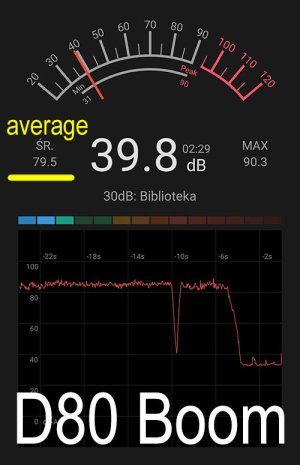
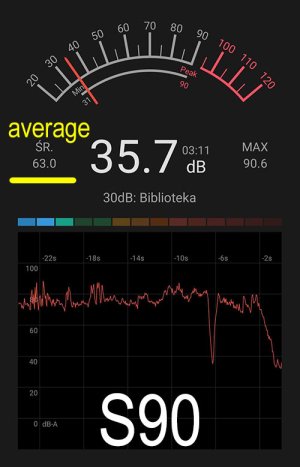
On the other hand, the S90 lacks app support and its EQ adjustments via remote (midrange/treble) barely do anything — at least in my case, changes were hardly noticeable.
In direct comparison, the Poseidon D80 Boom turns out to be a surprisingly strong contender against Ultimea’s flagship Nova S90. While the S90 delivers better speech clarity and a more refined, toned-down bass, the D80 Boom dominates in impact: deeper, room-shaking bass, significantly louder rear channels, and an overall more cinematic experience during fast-paced action scenes.
The S90 shines in comedies or dramas, where clear dialogue matters more than bass slam.
Surprisingly, even though the Nova S90 claims higher peak power (740W vs 500W), the D80 Boom sounds more powerful and better calibrated for home theater. Add to that a lower price and more control via the app, and you get a very compelling product.
Unless Ultimea releases a firmware update to improve the S90’s tonal controls and rear output, the D80 Boom could seriously challenge its big brother’s market position — and in my opinion, D80 Boom deserves a strong recommendation.
You should also consider the design differences — the Nova S90 is a 100 cm all-in-one soundbar, while the Poseidon D80 Boom includes a narrower central stereo bar with a center channel and two separate front satellites. These satellites can be placed wider apart (or even on the sides), giving a clearly wider soundstage.
In my opinion, the S90 is better suited for smaller rooms, whereas in my 40 m² living + dining space, the D80 Boom delivered a noticeably fuller, wider, and more immersive sound.
That said, the Nova S90 is still a powerful, impressive soundbar. When I first tried it, it absolutely had a WOW effect — it sounds clean, sharp, and well-balanced. But in a direct shootout with the D80 Boom, it feels flatter and more restrained. That doesn't mean it's a bad soundbar — far from it. It’s still a killer device, just more suited for smaller spaces and dialogue-heavy genres.
My score:
Both soundbars come beautifully packaged, with all the necessary cables and wall-mount accessories included. Ultimea clearly cares about user experience and presentation — it’s all neatly arranged and feels premium. TOP marks: 10/10.


For the comparison, I used the Mozos MKIT-700pro v2 directional microphone.
It’s a cardioid mic that captures sound best from the front, less from the sides, and almost nothing from the rear — ideal for vocals or focused audio capture.
Of course, it’s not a perfect microphone for this type of testing, but it’s the only one I had available.

Both soundbars were running the latest firmware: S90 (v190) and D80 Boom (v10).
Each was set to MOVIE mode, with volume at 60. For testing, I used a Dolby Atmos movie trailer (F1), and both soundbars correctly detected the Dolby Atmos track.
I recorded two clips for each soundbar:
(1) Mic facing the front speaker bar, ~3 meters away
(2) Mic facing the rear speakers, ~1 meter away

The front (1) and rear (2) recordings were layered, denoised, and lightly EQ’d (same parameters).
You’ll hear some natural room reverb, as it’s a regular living space — not a soundproof studio, and the mic isn’t studio-grade.
This comparison clearly shows how each soundbar performs. Of course, a video recording won’t capture what you hear in the room. At volume 60, it sounds like being in a cinema. If you watch it with headphones, you’ll notice the difference.
S90_vs_D80-boom.mp4
 drive.google.com
drive.google.com
Summary
The average loudness difference between the D80 Boom (79.5 dB) and the S90 (63 dB) is 16.5 dB, meaning the D80 Boom outputs approximately 45 times more acoustic power and subjectively sounds over 3x louder. Since the decibel scale is logarithmic, even a few dB is a noticeable difference — and 10 dB is roughly perceived as twice the loudness to the human ear.That’s why D80 Boom at volume 20 sounds similar to S90 at volume 60 (both have vol 0-100), and at the same volume 60, the D80 clearly dominates.
While the S90 might offer greater dynamic range or less aggressive compression, it clearly loses in terms of maximum sound pressure level.
In real use, the D80 sounds fuller, louder, and performs better in larger rooms. Its only drawback is that dialogues can get buried during action-heavy scenes — but that’s where the companion mobile app comes in handy, letting you fine-tune everything to your taste.


On the other hand, the S90 lacks app support and its EQ adjustments via remote (midrange/treble) barely do anything — at least in my case, changes were hardly noticeable.
In direct comparison, the Poseidon D80 Boom turns out to be a surprisingly strong contender against Ultimea’s flagship Nova S90. While the S90 delivers better speech clarity and a more refined, toned-down bass, the D80 Boom dominates in impact: deeper, room-shaking bass, significantly louder rear channels, and an overall more cinematic experience during fast-paced action scenes.
The S90 shines in comedies or dramas, where clear dialogue matters more than bass slam.
Surprisingly, even though the Nova S90 claims higher peak power (740W vs 500W), the D80 Boom sounds more powerful and better calibrated for home theater. Add to that a lower price and more control via the app, and you get a very compelling product.
Unless Ultimea releases a firmware update to improve the S90’s tonal controls and rear output, the D80 Boom could seriously challenge its big brother’s market position — and in my opinion, D80 Boom deserves a strong recommendation.
You should also consider the design differences — the Nova S90 is a 100 cm all-in-one soundbar, while the Poseidon D80 Boom includes a narrower central stereo bar with a center channel and two separate front satellites. These satellites can be placed wider apart (or even on the sides), giving a clearly wider soundstage.
In my opinion, the S90 is better suited for smaller rooms, whereas in my 40 m² living + dining space, the D80 Boom delivered a noticeably fuller, wider, and more immersive sound.
My verdict based only on my personal preferences.
If I had to choose today, I’d definitely go with the Poseidon D80 Boom. It’s a fantastic product that punches well above its price point, offers app control, and delivers an outstanding home cinema experience.That said, the Nova S90 is still a powerful, impressive soundbar. When I first tried it, it absolutely had a WOW effect — it sounds clean, sharp, and well-balanced. But in a direct shootout with the D80 Boom, it feels flatter and more restrained. That doesn't mean it's a bad soundbar — far from it. It’s still a killer device, just more suited for smaller spaces and dialogue-heavy genres.
My score:
- Nova S90 – 8/10
- Poseidon D80 Boom – 10/10
Last edited:
